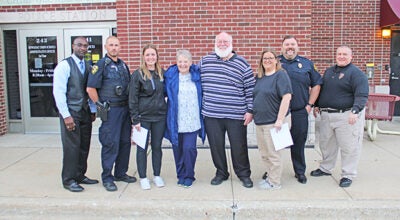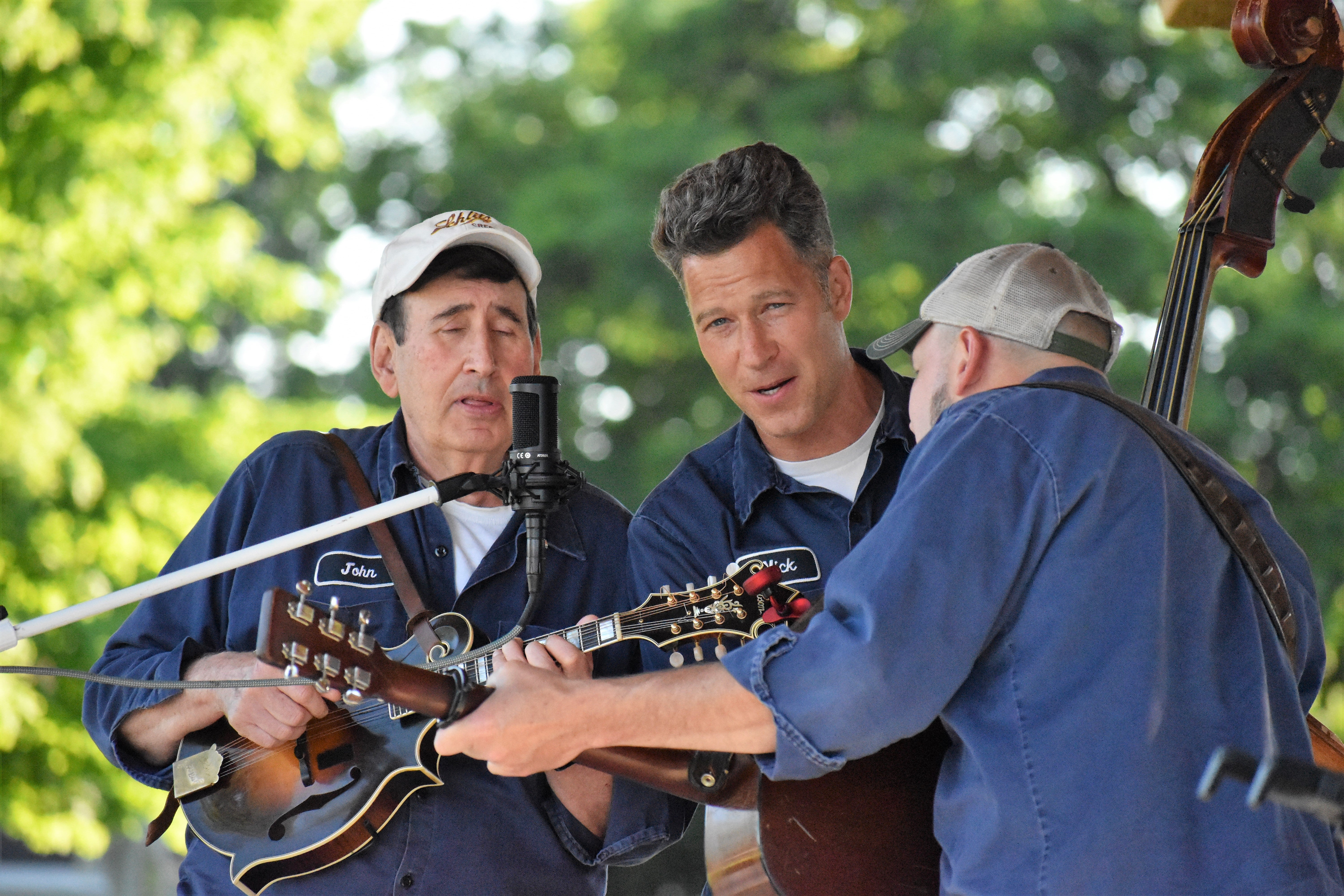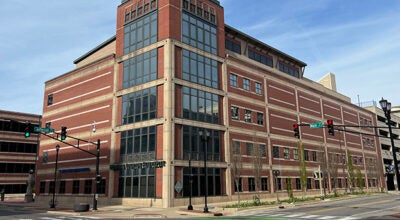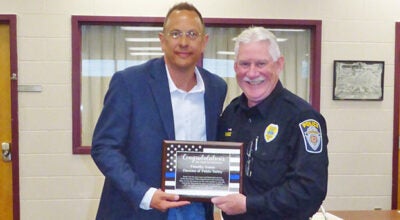Archaeologists share their excitement
Published 9:16 am Thursday, July 23, 2009
By JOHN EBY
Niles Daily Star
Fort St. Joseph’s name is somewhat of a misnomer because it was built on the St. Joseph River in Niles for trade, not defense.
A free public archaeology open house – the only event of its kind in the Midwest – is coming up Saturday and Sunday, Aug. 1 and 2, from 10 a.m. to 3 p.m. where Fort and Bond streets intersect.
There are also tours every Friday at 2 p.m. A free lecture series takes place Wednesday nights at 7:30 at Niles District Library. Archaeologists eat with the community prior to the lectures on Wednesday.
“If we’re college kids who breeze into town once a year, we want to make sure we’re doing what they want. Public archaeology is all about answering questions the community wants to know,” Andrew R. Beaupre, a Western Michigan University teaching assistant, said.
Visit the excavation site, meet real archaeologists, tour the outdoor museum and hear guest lecturers. A living history village offers sights and sounds of the fort. There will be crafts for kids and items for sale (www.forts.josephopenhouse.org).
The original land grant for the fort was by the Jesuits from the French crown in 1691. It began as a multi-ethnic community of French fur traders, with a Potawatomi village directly across the St. Joseph River.
“It was among the most important mission-garrison-trading post complexes in New France,” Vermont native Beaupre told Dowagiac Rotary Club last week.
“The term ‘fort’ is a little bit deceiving because it was built for trading, not defense,” Beaupre said. “It’s built on a floodplain, very close to the river, but it was garrisoned by the French crown until 1761, then by the British.”
The English proved unpopular with the Potawatomi Indians, who attacked as part of Pontiac’s Rebellion. It was abandoned altogether in 1781.
“It was abandoned by order of the English crown,” he said. “The English found the Potawatomis not too friendly. They felt responsible for the subjects still at Fort St. Joseph, though most of them were ethnically French-Canadian and Native Americans. Some 60 people, including 15 Voyageurs and their families and British troops, were pulled back to Michilimackinac and shipped out to other places. Most ended up settling back in the St. Lawrence River Valley between Quebec and Montreal.”
The site has been commemorated repeatedly, such as a 72-ton boulder placed by the fort in 1913.
The fort, lost for decades, was “seriously impacted” by construction of French Paper Co.’s dam. A 6-foot riser “backed up the river there to create a giant pond,” Beaupre said. “It rose the level of the river about six feet, which made it almost three times its width.”
Beaupre suspects the French liked settling in swamps.
“Quebec isn’t built on the cliff, but in the swamp. St. Louis is the same way, and so is New Orleans.”
The University of Michigan tried to find the fort in the 1930s, followed in the 1940s by the Kalamazoo Valley Public Museum and Michigan State University in the 1970s. None succeeded until Beaupre’s professor, Dr. Michael Nassaney, in 1998.
In jargon, today’s dig site is multi-disciplinary, community-based public archaeology.
“Fort St. Joseph is unique in the world as seriously invested in the community,” Beaupre said. “It is a partnership between the City of Niles and Western Michigan University. It holds an archaeological field school here and has for 34 years. We integrate with the community as much as possible, but first and foremost, we’re archaeologists. We’re in the field to recovery information about the past. We excavate every year” starting at the Lynn site on a terrace above the fort.
Dr. Nassaney, who spoke to Dowagiac Rotary, enters the field accompanied by five graduate students, including Beaupre, and 14 undergraduate students who must have had a class in the past, but “have no knowledge about how it’s done on the ground. Every year, from the ground up, we train a whole another group of 15 to 20 archaeologists. We have a classroom orientation and kind of get their feet wet (no pun intended), then we take them to the Lynn site. It’s multi-occupational with several different layers – Native American habitation, the fort and a farm that existed from 1862 to 1930. Furrows can still be seen in the soil.
“They really get to cut through the layers and see all the layers of archaeology,” Beaupre said. “It’s really a great timeline for them.”
He explained how they triangulate a unit to create a systematic square hole using a transit –
“a glorified telescope with a leveling base,” like surveyors.
“The French probably surveyed Fort St. Joseph with the same kind of tool,” he said. “It’s worked perfectly for the last 250 years.”
“We take very much care to insure we are a teaching institution,” he said. “We really take pride in a painstaking approach to explaining why everything is done. In the end, the students aren’t just automatons, digging holes because we tell them to. They know why and they understand the process.”
Beaupre said of sifting soil, “A lot of the trade goods of the 17th century aren’t large, from jewelry the size of a quarter, lead shots and minute beads.
It takes quarter-inch or eighth-inch mesh to capture artifacts out of the soil which can’t be seen with bare eyes.”
Stratigraphy refers to layers peeled away down to the sterile sand floor bereft of artifacts.
“We try to excavate all the way through to the bottom to make sure we recover a full slice of history,” Beaupre said, showing an image of a piece of a copper kettle. “It’s a tangible thing when you can touch artifacts that have been lost in the ground and be part of telling that story.”
From different soil colors in a “smudge pit,” an archaeologist can discern the char from burned green corn indicative of Native Americans. “It created a smoky fire they built a tepee structure around and wrapped hides around to smoke them for the fur trade,” Andy explained. “This is a great example of seeing Native Americans adapting to this European commercial market. We can date carbonized corn cobs to right around 1750.”
About two weeks ago the excavation moved down to the fort site, where a new system is being employed.
“The fort is a swamp,” he said. “When we’re not there, it’s under water. We have the site, which is on city property, dewatered every year. We used to use a noisy diesel pump the size of a table. It made it bone dry, but being conscious of being surrounded by a residential neighborhood, we replaced it with four small electric pool pumps that draw the water 14 feet out of the ground.”
Several years ago they unearthed a “gigantic fireplace with stones the size of watermelons,” he said. “It’s beautifully preserved, with a hearth extending from it. We’re still trying to find a wall line.”
As of July 15, students were “a good five or six inches into the soil. They’re really starting to get into what we call the plow zone,” he said. “This site is covered with alluvium, or flood deposit. Every year brings in silt from the river. That’s about the first six to eight inches. Underneath that is the plow zone from the homestead founded in 1862. The area was plowed for a farmer’s field. Underneath that is the occupation zone, the ground level from when the French were in the area. In the alluvium, we’ll do three inches in a day, no problem. The plow zone, an inch a day. The occupation zone, a quarter to a half inch a day.
“As we found that first hearth, we didn’t know what it was. Stones in the ground, like a floor. What’s that? Then you piece it together and discover the hearth was attached to this horseshoe-shaped fireplace. Then we found sewing objects. Thimbles, like a woman sat at the hearth, mending and beading clothing.”
Digging in 6-foot by 3-foot “units,” the team creates seven each season. “We’re usually down about 2 1/2 to three feet. At that point we line each unit with plastic. Then we backfill all the dirt we took out, so when we leave the site, you have no idea that we’ve been there.
We disappear. Plastic corners are folded under. With the new flood deposit, we have to use that transit to re-establish the units to find exactly where we’re going,” Beaupre said.
The archaeologists live together in a “giant house” in Niles, he said.
“It’s like ‘Real World.’ We end up living like a gigantic family. As you walk into the house we rent, there’s a spiral staircase and a two-story atrium with skylights at the top and a men’s and a women’s shower. We sit along the rail and wait our turn. It’s a great way to decompress at the end of the day and chat about what happened.”
First up in the morning, Andy awakens his colleagues at 6:45 and assembles a two-person “breakfast crew” to put out the buffet. They excavate from 8:15 to noon, break 30 minutes for lunch, then dig some more from 1 to 4:30. They spend 15 minutes picking up. After washing dishes, lab – washing, sorting and boxing artifacts – lasts until 9, when they relax on the patio.
“We do that Monday through Friday.”






